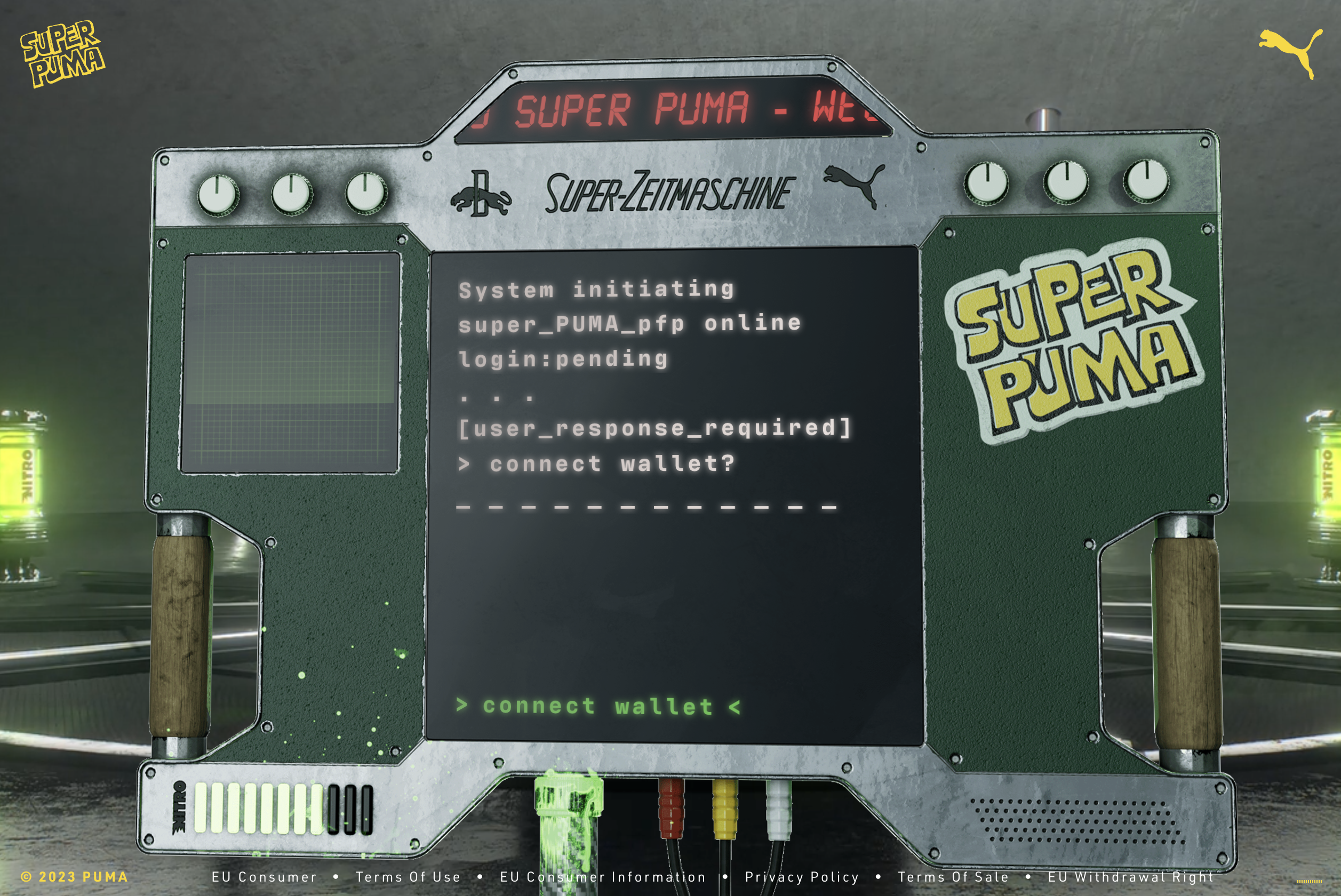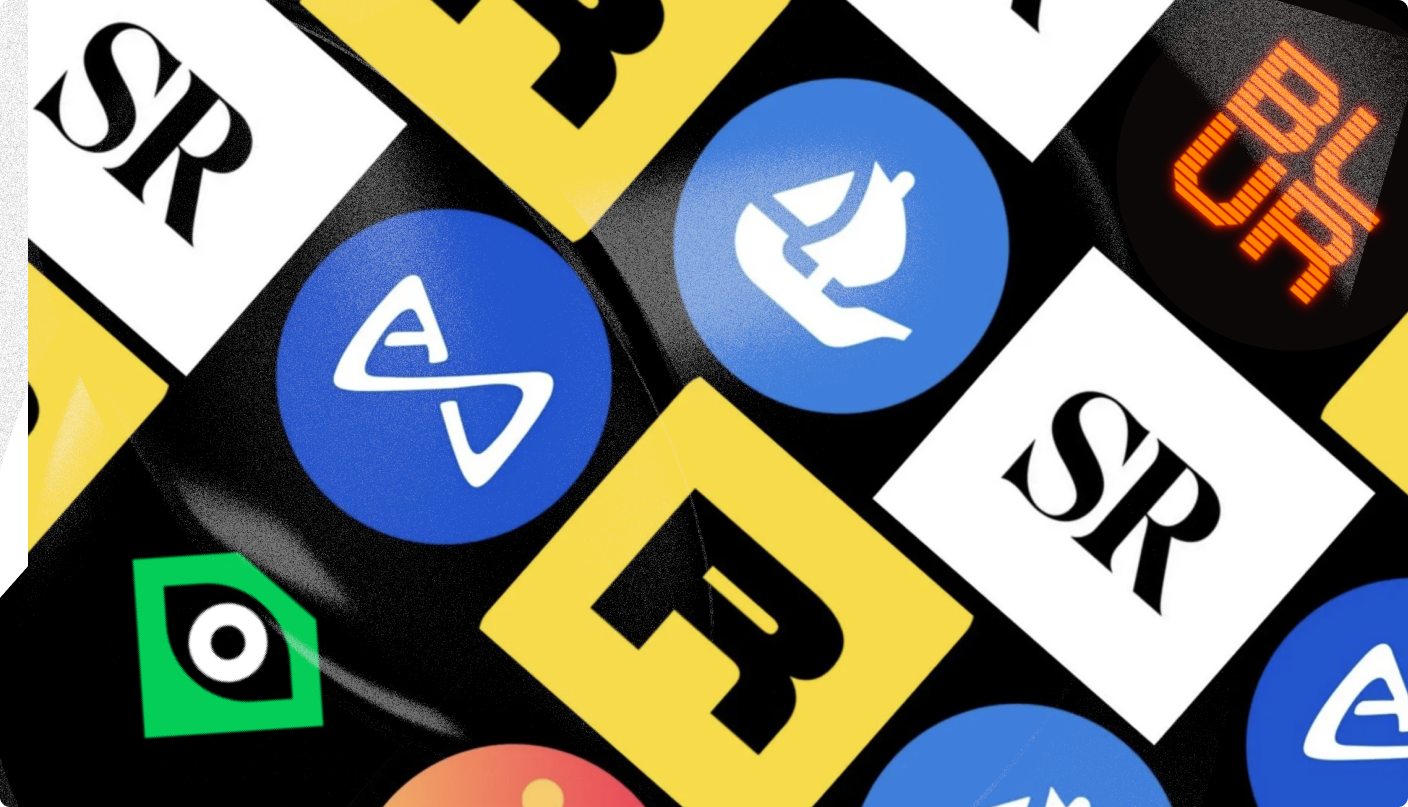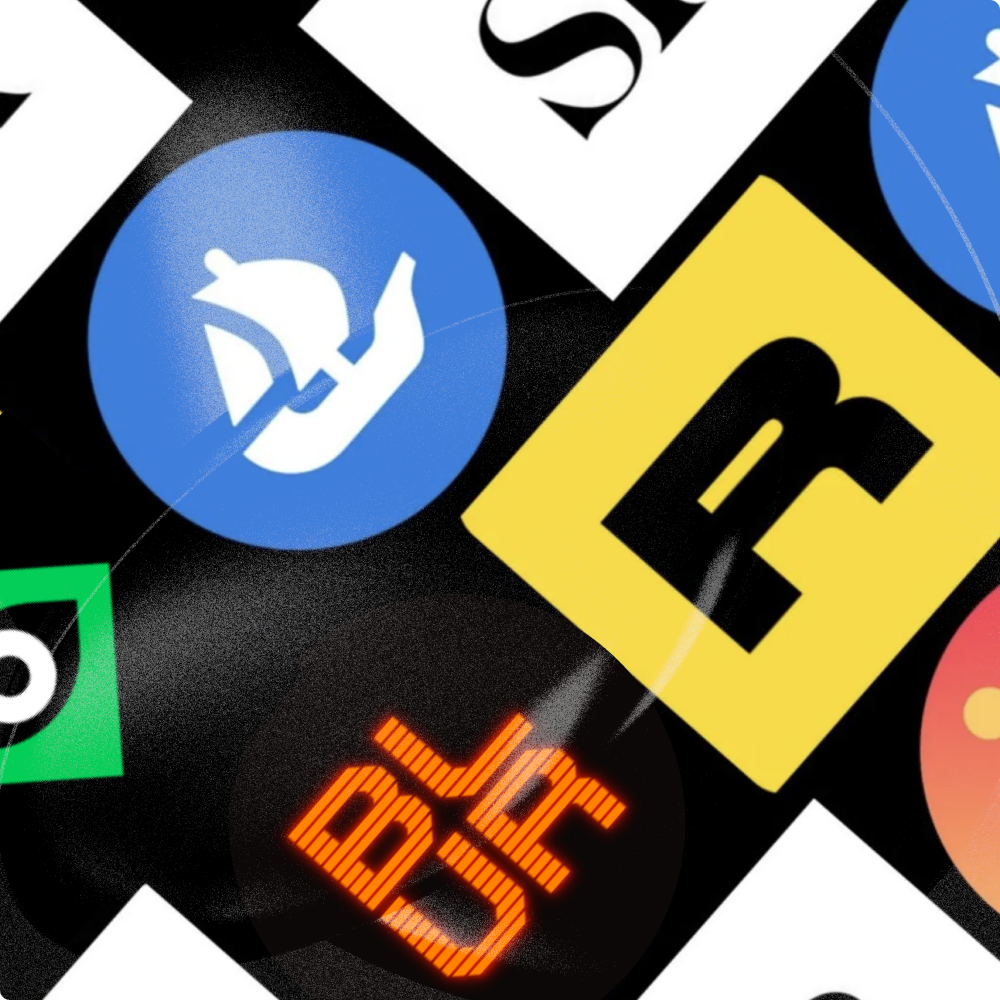Since they burst into the mainstream in 2021, NFTs have become increasingly popular among collectors, investors, art enthusiasts, and gamers. As a result, millions of dollars are being poured into online platforms where they’re being bought and sold.
These platforms tend to come in two forms: primary marketplaces and secondary marketplaces. While their names sound similar and they both serve the same purpose (to sell NFTs) there are striking differences between them that anyone wanting to purchase an NFT should know about.
This article outlines the major differences between primary and secondary marketplaces so you can make an informed decision about where to buy your next NFT.
What is an NFT primary marketplace?
NFT primary marketplaces are platforms where an NFT comes live and is put on sale for users for the first time ever—a process also called “minting”. These marketplaces are often the official website of an NFT project or a standalone platform built by the creators.

Most NFT creators build primary marketplaces to conduct the first sale of their NFT collections. Users can connect their crypto wallets to these marketplaces and make purchases directly by paying in cryptocurrencies such as Ethereum.
Benefits of primary NFT marketplaces
There are many benefits to buying (or minting) non-fungible tokens on the primary marketplace of a trustworthy collection.
Early access perks
Many NFT projects offer incentives to their earliest supporters in the form of free airdrops, early access to upcoming drops, exclusive access to the project’s decentralized autonomous organizations (DAO), or a special role on Discord.
Ease of buying multiple NFTs
Minting enables you to buy multiple NFTs in the same transaction, meaning you only have to make one purchase and pay gas once.
For instance, you could purchase five NFTs at $250 and pay a single $50 gas fee instead of paying the gas five different times for minting all the NFTs separately.
Excitement of NFT reveal
In the case of generative NFT art, collectors won’t know what their NFT looks like until after they’ve minted it from a primary marketplace and the NFTs are revealed.
Many NFT enthusiasts argue that minting on a primary marketplace with no knowledge of what your NFT will ultimately look like is one of the most exciting ways to acquire a new NFT. Some compare the feeling to opening a pack of collectible trading cards.
Potential for increase in value
When you mint an NFT, there’s a chance you might end up with a rare and valuable item in the collection that fetches a much higher price than what you initially paid. There is however also a chance that the value of your NFT could decrease.
For instance, upon launch in 2017, CryptoPunks were free to mint for everyone. They now sell for significantly more and, in one case, more than $23 million.
Although it is never guaranteed, the value of an NFT could go up, and the following criteria could affect the price:
- It is unique and interesting.
- It brings awareness to a cause or gives utility to collectors.
- Its team has an active social media presence or is backed by known and trusted figures in the space.
- Its community is large and has a genuine interest in the project’s long-term vision.
What is an NFT secondary marketplace?
An NFT secondary marketplace is a platform where users can buy and sell NFTs that have already been minted on a primary marketplace. Secondary marketplaces may host thousands of NFT collections from various creators and companies.

Users on these platforms can easily search for their favorite collections, sort the collections for different NFT traits, and find NFTs that fit their budget and expectations. These features help users make informed decisions.
Three of the most popular secondary marketplaces are OpenSea, Rarible, and Blur.
OpenSea
OpenSea launched in 2017 and is one of the largest NFT marketplaces. It supports a wide range of blockchains including Ethereum (ETH), Polygon (MATIC), Solana (SOL), Avalanche (AVAX), and Binance Smart Chain (BNB).
The platform currently boasts more than three million users owing to its extensive NFT collections and 200+ payment options. MoonPay’s integration with OpenSea allows users to pay for NFTs using a credit card.
Rarible
Rarible launched in 2020. Since it’s relatively new, the platform sees about $1.75 million in monthly volume, compared to $104.5 million for OpenSea (as of December, 2023).
Blur
Blur is the latest NFT marketplace to make waves. Despite even newer than the marketplaces listed above, Blur generates significantly higher monthly volume, at $539 million.
Other marketplaces
Additional popular secondary NFT marketplaces include:
Benefits of secondary NFT marketplaces
While minting an NFT from a new collection can seem exciting, there are some advantages to purchasing it after launch on a secondary marketplace.
Better security
If you’ve done your due diligence, you can mitigate the risk of getting scammed. However, there have still been a number of cases in which users who bought from NFT primary marketplaces fell victim to a “rug pull” scam.
When you buy from a secondary marketplace, however, you can minimize these risks. By looking at previous statistics of an NFT collection on a marketplace, you can assess the legitimacy and demand for the NFTs and make a more informed buying decision.
Lower transaction costs
During an NFT mint, there could be thousands of people trying to outbid each other to get their hands on a limited number of NFTs. As a result, the gas fees might shoot up tremendously, sometimes even reaching hundreds of dollars per transaction.
So to get an NFT during a mint, you might need to increase your gas fees and outbid others for your transaction to go through.
For instance, when Time magazine sold a limited number of NFTs for 0.1 ETH in September 2021, some buyers spent four times as much on gas than the NFT itself.
Buying an NFT on a secondary marketplace incurs a lower gas fee since the minting demand is already settled and users can choose to buy at a time when gas costs are lower.
No failed transactions
When you mint during popular launches, there’s also a chance that the NFTs are sold out before your transaction is processed. As a result, even if you don’t get an NFT, you’ll still lose the gas you paid for the transaction.
The Stoner Cats NFT collection is a good example of this. Due to its high demand, the collection sold out in 35 minutes, clogged the Ethereum network, and resulted in a loss of $790,000 due to failed transactions.
When you buy an NFT from a secondary marketplace, on the other hand, there’s a much lower chance that a transaction will fail.
Fewer technical issues
It’s not uncommon during a mint for the creator’s website to crash. Normally, this doesn’t go beyond causing a minor inconvenience, but it’s possible a crash could cause you to lose your transaction fee.
New collections can also be hacked. For example, hackers exploited the NFT giveaway of Rug Pull Finder, which allowed the hackers to mint 450 NFTs instead of one per wallet.
Secondary marketplaces aren’t immune to hacks (for instance, there have been phishing attacks on OpenSea that resulted in stolen NFTs), but it’s less likely that a secondary marketplace will crash in the middle of your transaction.
More options
While minting offers the excitement of having a brand new NFT revealed, you might not like what you get.
It’s therefore sometimes better to buy NFTs from the secondary markets so you can pick exactly the one you want.
How NFTs are revolutionizing secondary markets
NFTs have been able to transform secondary markets, namely through royalties, resales, and community valuation.

Royalties
It has been historically difficult to track secondary markets and ensure that artists benefit from the resale of their work. The laws to protect an artist’s resale rights have proven ineffective due to the complexities involved in enforcing them.
As NFTs are based on blockchain, all NFT transactions are traceable. This makes it easy to track resales and helps ensure that artists earn royalties regardless of when or where the sale happens.
Resales
Since NFTs guarantee secondary-sale royalties with a few simple lines of code, it opens up new forms of patronage that can support artists and their communities.
For instance, it’s possible to publish your work online for free after one person purchases it from you. That way, anyone with an internet connection enjoys your work and you continue earning royalties from resales. Catalog is an example of a platform selling music NFTs using the same method.
Community valuation
Once an NFT creator sells their work on a primary market, secondary markets help the NFT discover its worth based on investor interest and engagement.
This forms a trusted, unbiased, and decentralized third-party valuation that helps determine the value of a piece of work.
Buy NFTs easily with MoonPay
With MoonPay’s seamless checkout experience, you can purchase your favorite NFTs using a debit or credit card on popular marketplaces such as OpenSea.



.png?w=3840&q=90)
.png?w=3840&q=90)

